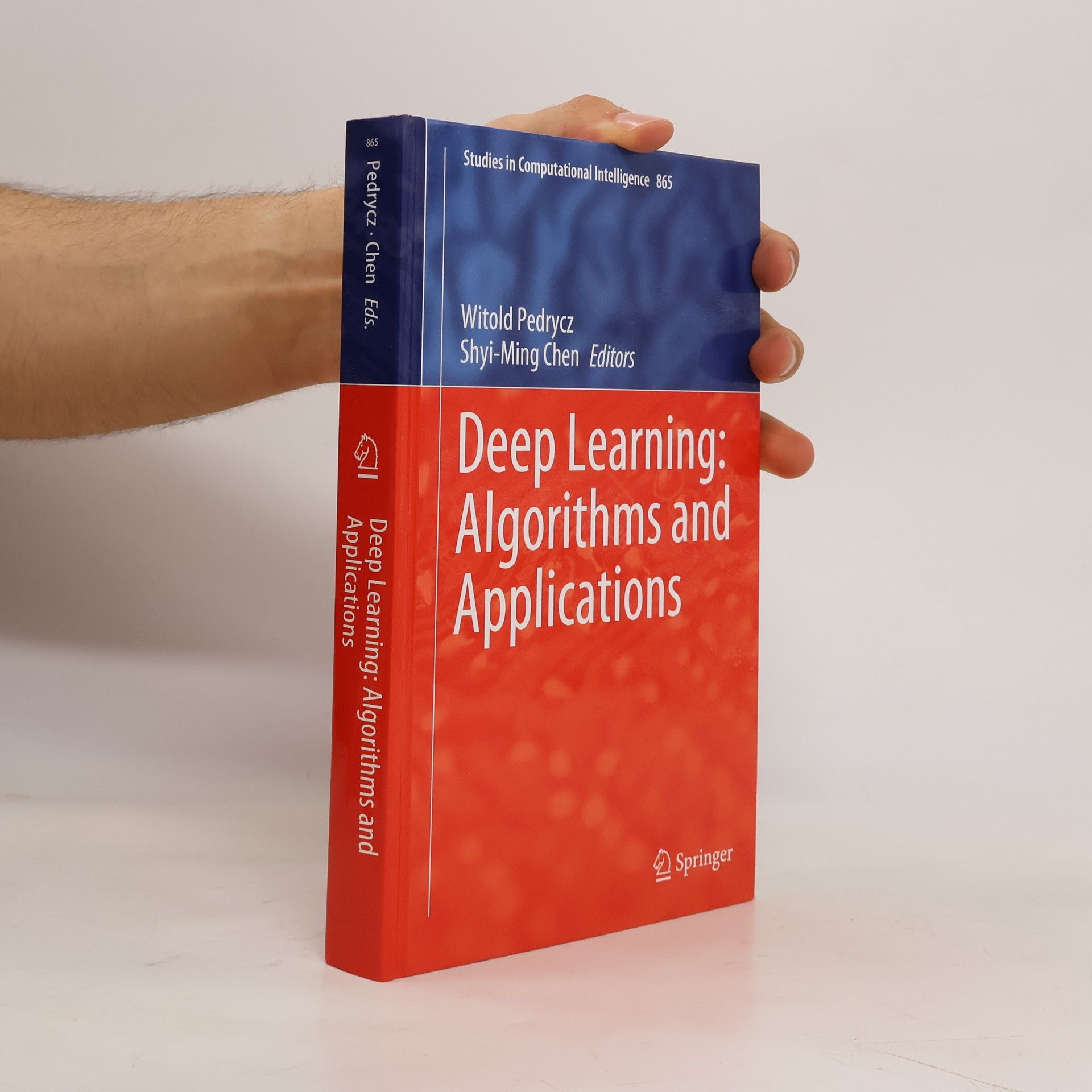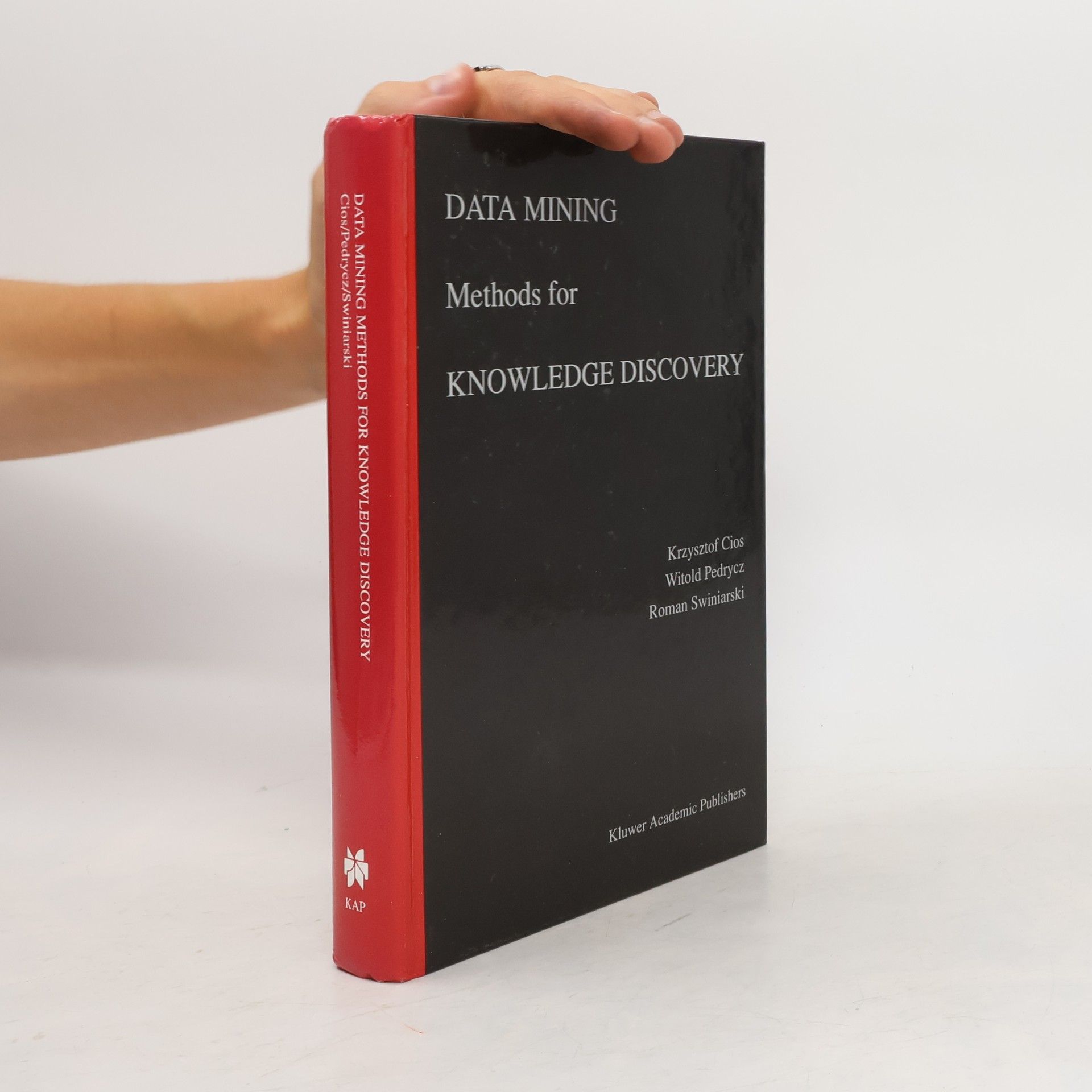Data Mining Methods for Knowledge Discovery provides an introduction to the data mining methods that are frequently used in the process of knowledge discovery. This book first elaborates on the fundamentals of each of the data mining rough sets, Bayesian analysis, fuzzy sets, genetic algorithms, machine learning, neural networks, and preprocessing techniques. The book then goes on to thoroughly discuss these methods in the setting of the overall process of knowledge discovery. Numerous illustrative examples and experimental findings are also included. Each chapter comes with an extensive bibliography.Data Mining Methods for Knowledge Discovery is intended for senior undergraduate and graduate students, as well as a broad audience of professionals in computer and information sciences, medical informatics, and business information systems.
Witold Pedrycz Livres



Deep Learning: Algorithms and Applications
- 360pages
- 13 heures de lecture
This book presents a wealth of deep-learning algorithms and demonstrates their design process. It also highlights the need for a prudent alignment with the essential characteristics of the nature of learning encountered in the practical problems being tackled. Intended for readers interested in acquiring practical knowledge of analysis, design, and deployment of deep learning solutions to real-world problems, it covers a wide range of the paradigm’s algorithms and their applications in diverse areas including imaging, seismic tomography, smart grids, surveillance and security, and health care, among others. Featuring systematic and comprehensive discussions on the development processes, their evaluation, and relevance, the book offers insights into fundamental design strategies for algorithms of deep learning.
An Introduction to Computing with Fuzzy Sets
Analysis, Design, and Applications
- 300pages
- 11 heures de lecture
Focusing on the fundamentals and technology of fuzzy sets, this book offers a clear introduction to key concepts such as information granules and their processing. It covers recent advances in fuzzy modeling, neurocomputing, and higher-order fuzzy sets, enriched with examples, case studies, and problems linked to artificial intelligence. The balanced approach between theory and application makes it suitable for both academic and industrial audiences, as well as an ideal textbook for graduate and undergraduate students in relevant fields.